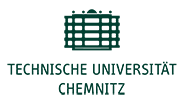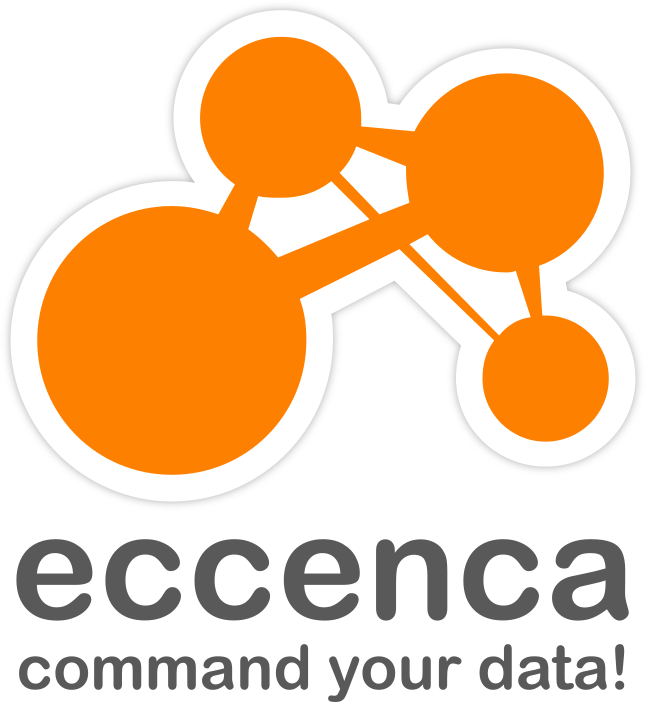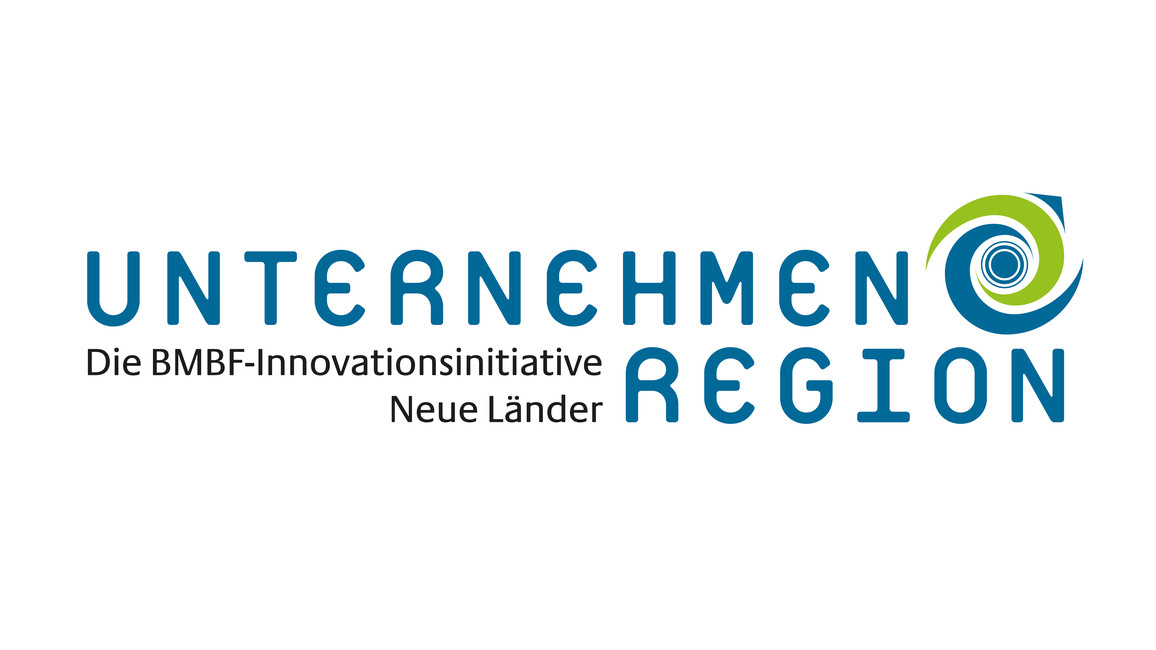
As a head-up to the SEMANTiCS 2016 we invited several experts from the LEDS project to talk a bit about their work and visions. They will share their insights into the fields of natural language processing, e-commerce, e-government, data integration and quality assurance right here. So stay tuned.
As CTO of the eccenca GmbH and leading coordinator of the Linked Enterprise Data Services (LEDS) projects, Sebastian Tramp has been exploring the depths of semantic web technology for many years. In 2006, together with Sören Auer and Thomas Riechert he established the working group AKSW at the Leipzig University / Institute for Applied Informatics e.V., researching the field of semantic web. In his position at the eccenca GmbH his particular focus lies on the development and marketing of practical products for linked data, data integration as well as corporate vocabularies - all of which cumulate in the eccenca Linked Data Suite. Whenever Sebastian is not racking his brain about how to create a worldwide system of automatically processable information he is watching the new episode of the Science Fiction series “The Expanse”. At last, a real science fiction story”, as he mentions.
What’s the status quo in the development of the semantic web?
Semantic web technologies are already used today. In particular, the paradigm of linked data and the corporate vocabularies / ontologies offer clear advantages and more degrees of freedom in many situations. That’s why the eccenca Linked Data Suite focuses on those solutions.
On the other hand, logic and machine learning are less common yet but will play an important role in the future. Though, the vision of a global semantic network of automatically processable information still needs research. That for example is part of the aim of the LEDS project. We want to find out how publicly available semantic information can be utilized and processed for company-use.
What is your forecast of the semantic web in five to ten years?
The Internet of Things, big data and semantic web technologies will complement each other perfectly. The “best of worlds” approach will create an infrastructure of linked data which causes an epic leap in information processing - just as the document-based world wide web did in the early 1990s.
In a nutshell, what are the challenges to achieve that?
Co-evolution of linked data, extraction (including natural language processing) of linked data, search on linked data, to name a few. Also the communication of linked data on the web will be a major challenge. For example, our friends at Fraunhofer-Gesellschaft just started the Industrial Data Space which will provide a linked data infrastructure. I am looking forward to seeing the first results from this.
How does the LEDS project address these challenges?
LEDS particularly addresses the company-internal utilization of linked data from different sources. It’s less about a purely scientific project but about creating practical applications which add value to companies. The consortium mainly tackles the challenges of extraction of linked data from various sources, the integration into enterprise infrastructures and the utilization in e-Commerce and e-Government applications.
LEDS is a joint research project addressing the evolution of classic enterprise IT infrastructure to semantically linked data services. The research partners are the Leipzig University and Technical University Chemnitz as well as the semantic technology providers Netresearch, Ontos, brox IT-Solutions, Lecos and eccenca.
 |
 |
 |
 |
 |
 |
 |
|
brox IT-Solutions GmbH |
Leipzig University |
Ontos GmbH |
TU Chemnitz |
Netresearch GmbH & Co. KG |
Lecos GmbH |
eccenca GmbH |
 |
|